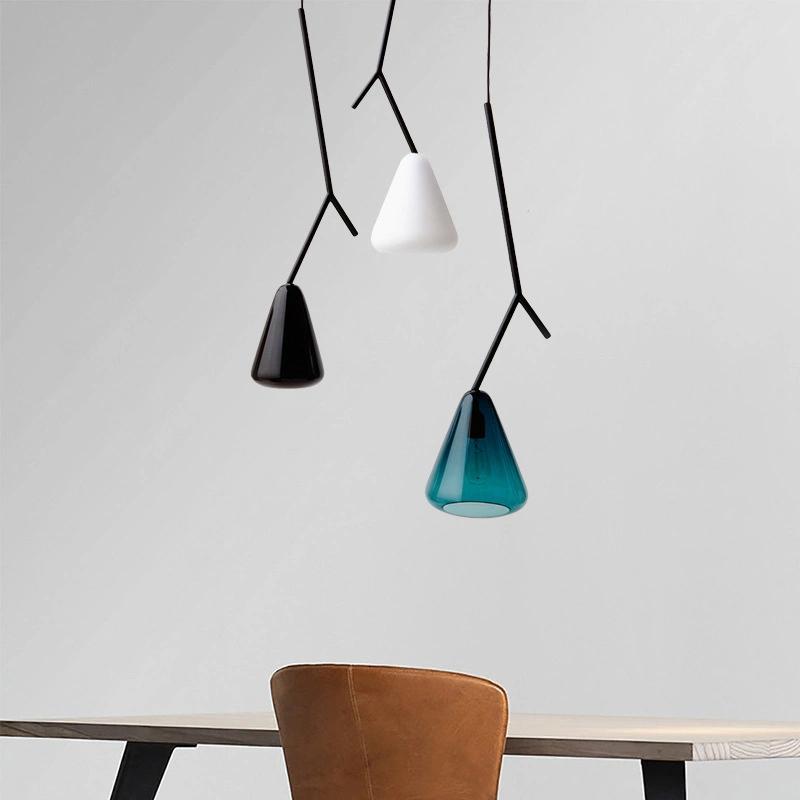
Chair molding is a decorative way to add a touch of elegance to your room. This type of wall trim can be used to break up a plain or flat wall, delineate a wall color change, or elongate the walls. It is most often seen in dining rooms and living rooms, but it can also be used in bedrooms, hallways, or even bathrooms. Chair molding is not as wide as base molding, but it’s thicker than typical crown moulding. It’s typically made of wood or a composite material such as MDF. There are many different styles and shapes of chair molding available, so be sure to select a style that complements the room’s décor.
Before starting to install chair rail molding, first find where your studs are located on the wall. Mark one end of the wall with a piece of tape or a pencil to indicate the height you want your chair rail to be. Then use an electronic stud finder to determine the location of vertical wall studs in that area. Once you have the stud locations marked, use a level to ensure your guide line is straight up and down. Then measure the distance from the floor to the bottom of the guide line to get a rough estimate for how much chair molding you’ll need.
While chair rail was originally applied in dining rooms to protect plaster walls from dents and marks caused by the backs of chairs, today it is used primarily as a decorative feature. It is commonly paired with wainscoting on the lower half of the wall to create a classic look in any room. The simplest way to use this trim is by painting it a neutral or soft shade that compliments the rest of your room’s décor, but some homeowners choose to wallpaper above or below the chair rail for a more elegant look.
It’s important to keep in mind that adding chair rail will alter the overall feel of your room, so be careful not to overdo it. This type of trim is best suited for traditional rooms, or modern homes with some traditional elements mixed in. It works especially well in rooms with a lot of natural light, as it can make a room feel larger and more spacious.
Chair rail, as with most other types of molding, comes pre-primed and is ready to be painted. Be sure to test your paint color on a small section of the molding before applying it to the entire surface to avoid any compatibility issues. You can also stain the molding to give it a more natural finish and allow its natural wood grain to show through. Whatever your personal preference, it’s easy to see why this timeless design element is still a popular choice in contemporary and traditional spaces alike.


